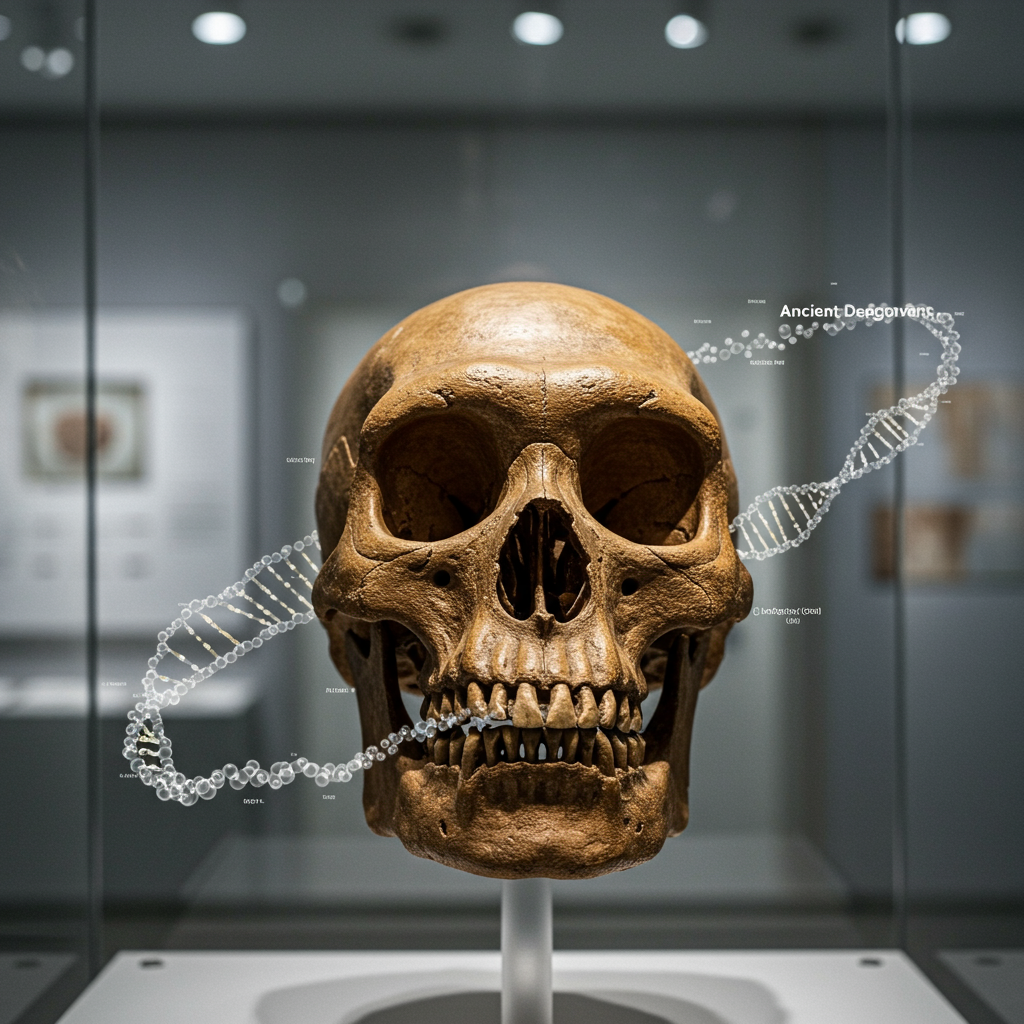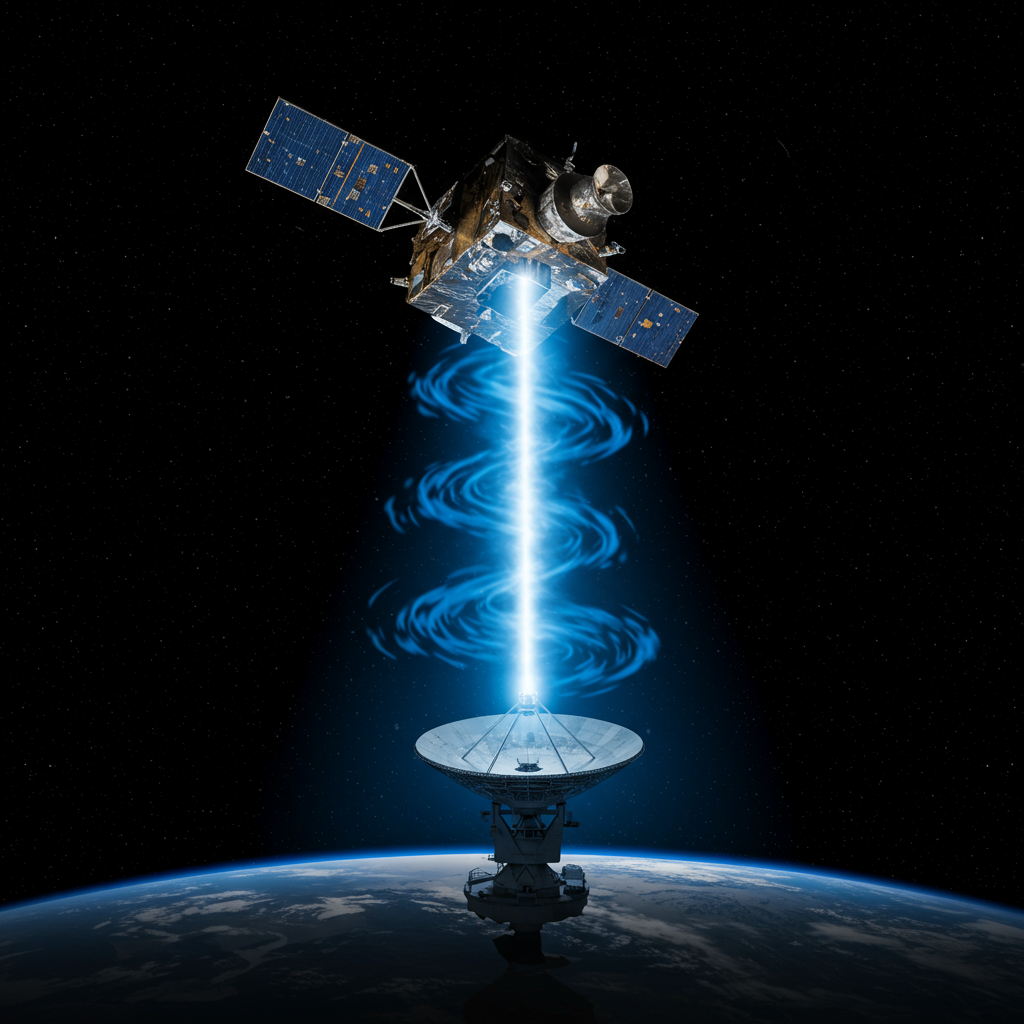Solving the Denisovan Mystery: Ancient DNA Reveals the Face of ‘Dragon Man’ Skull
For years, one of the most intriguing puzzles in human evolution has been the physical appearance of the Denisovans. This enigmatic group of ancient humans, closely related to Neanderthals and modern humans, was initially identified over a decade ago based on little more than genetic clues found in a tiny finger bone fragment from a Siberian cave. Without a complete skeleton or skull, scientists could only speculate about what they looked like.
That mystery has now been dramatically illuminated. Cutting-edge analysis of a large, ancient skull discovered in China, nicknamed the “Dragon Man,” has revealed it contains Denisovan DNA and protein, finally putting a face to this previously elusive lineage.
Who Were the Mysterious Denisovans?
The story of the Denisovans began about 15 years ago when researchers, including geneticist Qiaomei Fu (then a graduate student), analyzed DNA from a small fossil found in Denisova Cave in Siberia. The genetic evidence pointed to a distinct human group that had separated from the lineage leading to Neanderthals and modern humans hundreds of thousands of years ago.
Since that initial discovery, more Denisovan DNA has been found in limited fossils from the Siberian cave, in sediment in a cave in Tibet, and significantly, within the genomes of modern human populations across Asia and the Pacific, proving that Denisovans interbred with our ancestors. Despite this genetic knowledge, the fundamental question remained: physically, what did a Denisovan look like?
The Breakthrough: The ‘Dragon Man’ Skull
The answer comes from the Harbin skull, a remarkably preserved fossil found in 1933 in Harbin City, China, but which only recently came to the attention of the scientific community in 2018. Its unique, massive features led some researchers in 2021 to propose it represented an entirely new species, Homo longi, or “Dragon Man.” However, its potential link to the Denisovans was widely debated given their presumed presence in East Asia and the lack of physical evidence.
Now, sophisticated ancient DNA and protein analysis has resolved this debate. Researchers, including Dr. Qiaomei Fu, a leading expert in ancient DNA based in Beijing, successfully retrieved mitochondrial DNA (mtDNA) from hardened dental plaque on the skull and protein information (proteome) from an inner ear bone. While recovering full genomic DNA was not possible, the information gleaned from the mtDNA and proteome was conclusive.
The mtDNA analysis showed a close genetic link between the individual from the Harbin skull and early Denisovan groups found in Siberia, dating back approximately 217,000 to 106,000 years. Further protein analysis confirmed this strong connection to early Denisovans compared to other ancient or modern human groups.
The Face of the Denisovans Revealed
Based on this definitive genetic and protein evidence, the Harbin skull is a Denisovan. This provides scientists with the first comprehensive look at the physical characteristics of this ancient human group. The Dragon Man skull reveals Denisovans had a large size, a long and low braincase, a massive brow ridge, a broad nose, and large eyes.
Paleoanthropologists, including Chris Stringer of the Natural History Museum in London, regard the Harbin skull as the most complete Denisovan fossil discovered to date. This discovery finally answers the lingering question: Denisovans looked like the Dragon Man.
Expanding the Denisovan Map
This identification not only provides a face but also significantly expands our understanding of the Denisovan geographical range. The Harbin skull’s location in northeastern China, coupled with the recent identification of a Denisovan jawbone found off the coast of Taiwan (the Penghu Channel mandible), provides concrete fossil evidence supporting the genetic data that suggested Denisovans were widespread across East Asia, far beyond the initial discovery site in Siberia.
This adds crucial complexity to the picture of human evolution during the Middle Pleistocene epoch (roughly 789,000 to 126,000 years ago), often referred to as the “muddle in the middle” due to the presence and interaction of multiple human groups, including early Homo sapiens, Neanderthals, and Denisovans, across Eurasia.
Having a complete Denisovan skull like “Dragon Man” is invaluable. It provides paleoanthropologists with a morphological blueprint they can use to compare with other unidentified ancient human fossils from Asia, potentially leading to more discoveries. While ancient DNA and protein analysis are powerful tools, studying the size and shape of fossils remains fundamental to understanding our complex evolutionary history.
Dr. Fu’s work on ancient DNA techniques extends beyond human fossils; she has also notably applied similar methods to analyze microbes found in ancient cheese from China, showcasing the broad potential of paleogenetics to uncover diverse historical details.
After years known only by genetic traces and bone fragments, the mysterious Denisovans are no longer faceless. The “Dragon Man” skull from Harbin stands as the definitive physical representation of this significant branch on the human family tree.




